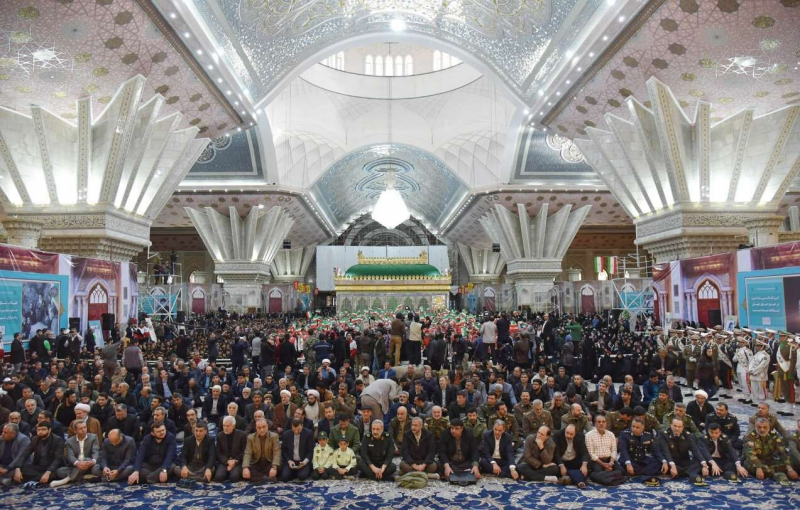Iran celebrates the death of Ayatollah Khomeini on June 4 every year as a national holiday.
The days leading up to Khomeini's death saw his health worsen. Ayatollah Khomeini, who had spent the previous eleven days in hospital in Jamaran following surgery to stop internal bleeding, died of cancer at the age of 89, just before midnight on 3 June 1989, after 5 heart attacks within 10 days. Iranians gathered in the towns and streets to express their sorrow at Imam Khomeini's passing. Imam Khomeini's burial was attended by more than 10 million people from all around the nation, making it one of the biggest funerals in history. In order to openly grieve his passing, many Iranians flocked to the streets, where fire vehicles doused the throngs with water to keep them cool during the sweltering July heat.
On June 11, 1989, 10.2 million people lined the 32-kilometer (20-mile) path to Tehran's Behesht-e Zahra cemetery to attend Ayatollah Ruhollah Khomeini's burial, according to official figures from Iran, especially, 2 million visited the body while it lay in the state to pay their respects.
Ayatollah Seyyed Ali Khamenei was chosen as Imam Khomeini's successor on June 4, 1989, by the Assembly of Experts in conformity with the Constitution. Every year on June 4, Iran celebrates the death of Imam Khomeini as a national holiday. Every year, a ceremony on this anniversary features a speech from the president of the Islamic Republic of Iran in memory of the great leader who contributed to the Iranian revolution.











